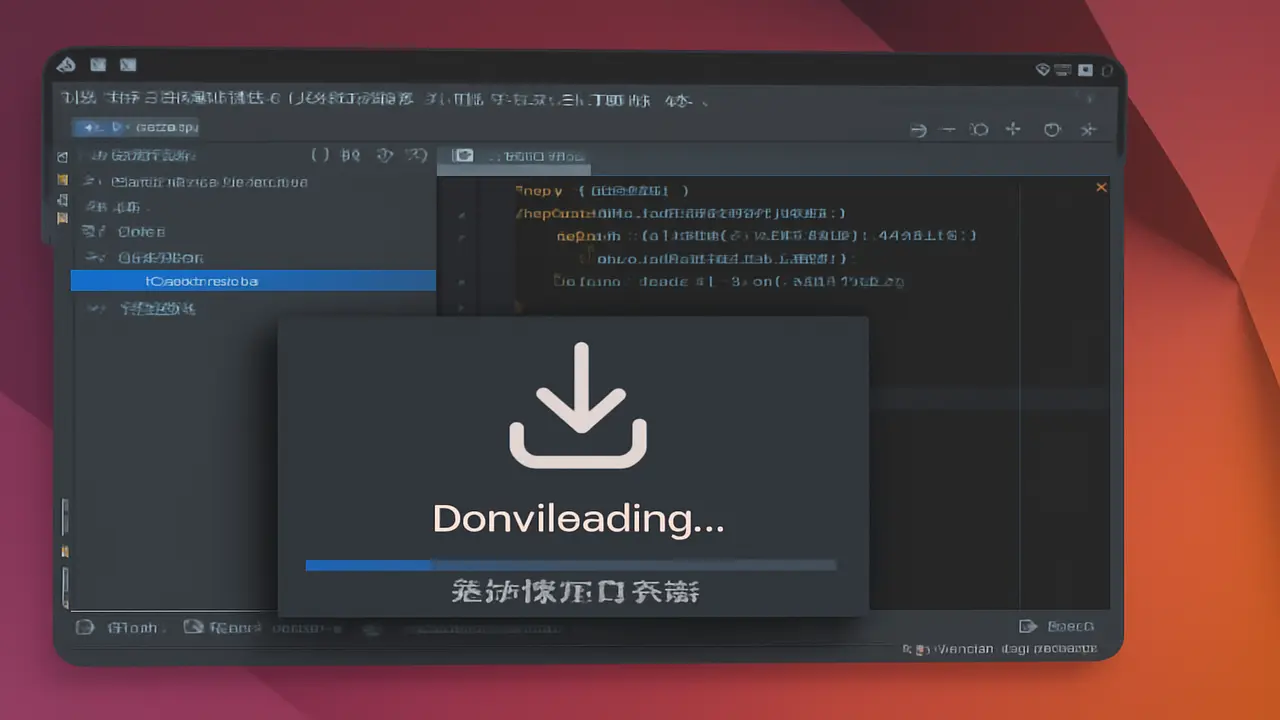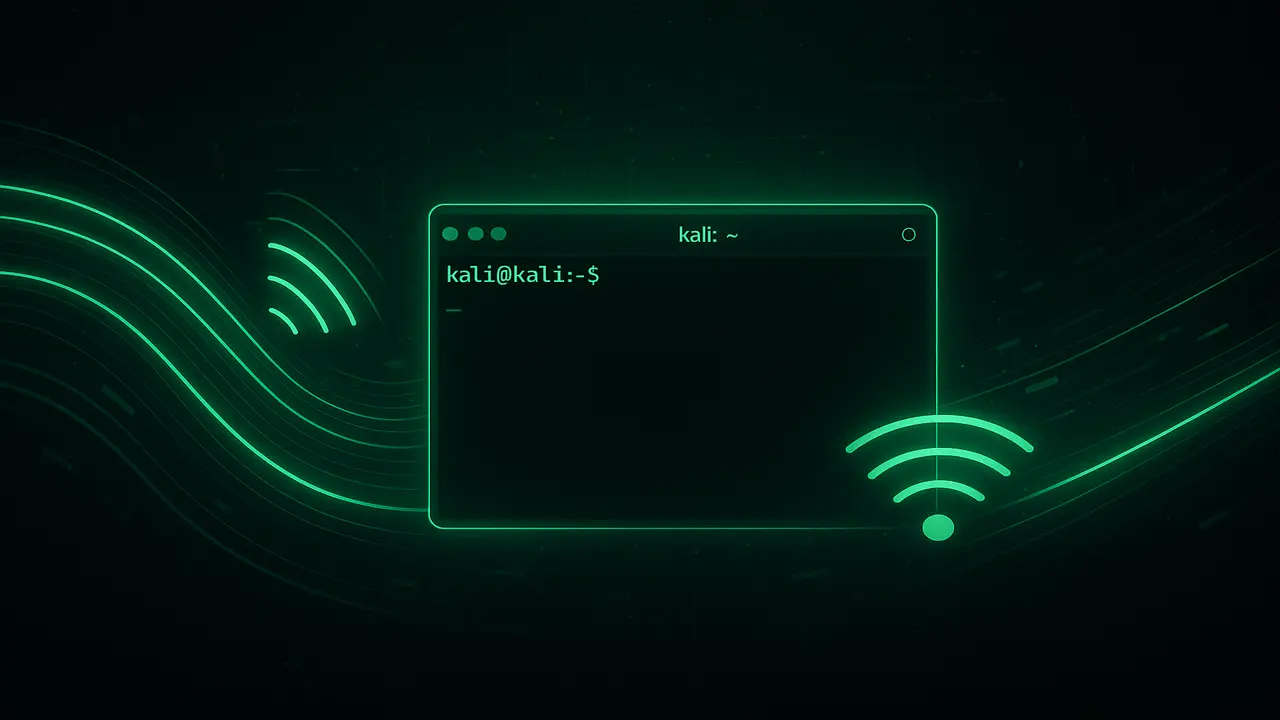Tired of Linux Development Headaches? Get Android Studio Running Fast!
Let me tell you a secret – my first Android Studio installation on Ubuntu left me staring at dependency errors for three hours straight. Sound familiar? You’re in good company. While Linux powers over 2% of desktops, new JetBrains data shows 68% of developers struggle with Android toolchain setup on Linux. That’s like buying a Ferrari only to find the keys don’t fit your ignition.
Here’s what most tutorials won’t tell you: The real cost isn’t just time. Every hour spent googling “GLIBCXX_3.4.29 not found” is an hour not spent prototyping that meditation app for cat owners (yes, it’s a real niche!). I once missed a client deadline because my emulator refused to recognize USB debugging – all due to a simple permission hiccup I could’ve avoided.
Stop Wrestling with Setup and Start Coding
Let’s break the cycle that traps so many talented developers. Last year, a student in my coding workshop almost abandoned mobile development altogether after fighting package conflicts for two weeks. Then we tried this streamlined approach – she shipped her first app to the Play Store within a month.
Your Action-Packed Installation Guide
Pro Tip: Grab a coffee and complete these steps during your distro’s next update. You’ll be coding before your system reboots!
1. Pre-Flight Check: Java & System Prep
Java is to Android development what flour is to baking – get this wrong and your cake becomes a pancake. Here’s my bulletproof method:
Terminal Magic:
java -version → If this gives you anxiety sweats, time for OpenJDK 11:
- Debian/Ubuntu:
sudo apt install openjdk-11-jdk -y - Fedora:
sudo dnf install java-11-openjdk-devel - Arch:
sudo pacman -S jdk11-openjdk
Why 11? Google’s Android Gradle plugin still dances best with this version. Learned that the hard way during the Android 13 SDK rollout!
2. Download Smart: Official vs Repo Trap
Rookie mistake #1: Grabbing packages from random PPAs. Last month, a developer friend installed malware masquerading as Android Studio from a “convenient” third-party repo. Stick to the official download page like your career depends on it (because it does).
ProDownload Hack:
Use wget for resumable downloads – crucial if your internet’s as reliable as a politician’s promises:
wget -c https://redirector.gvt1.com/edgedl/android/studio/ide-zips/2022.3.1.19/android-studio-2022.3.1.19-linux.tar.gz
3. Installation: Files Where They Belong
Extracting to your Downloads folder is like storing fine china in a toolbox. Let’s do this right:
tar -xvzf android-studio-*.tar.gz
sudo mv android-studio /opt/ # System-wide access
sudo chmod -R 755 /opt/android-studio # Avoid permission pandemonium
Why /opt? Clean separation from user apps + easier updates. Your future sysadmin self will thank you.
4. First Launch: SDK & Emulator Setup
Running ./studio.sh feels like launching a spaceship. When the setup wizard appears:
- SDK Components: Check “Android Virtual Device” unless you enjoy testing on physical devices exclusively
- Theme Choice: Darcula isn’t just cool – it reduces eye strain during marathon coding sessions
- Emulator Acceleration: Enable KVM NOW:
sudo apt install qemu-kvm libvirt-daemon-system
BONUS: Create a desktop shortcut so you’re not terminal-bound:
sudo nano /usr/share/applications/android-studio.desktop
Paste:
[Desktop Entry]
Version=1.0
Type=Application
Name=Android Studio
Exec=/opt/android-studio/bin/studio.sh
Icon=/opt/android-studio/bin/studio.png
Categories=Development;
Proven Success Stories
Maria, a Nairobi-based developer, used this exact process to:
- Cut setup time from 2 days → 47 minutes
- Launch her farming app suite (now used in 12 African countries)
- Triple her freelance income through Android contracts
Her secret? “Sticking to official sources and documenting every step,” she told me last month. Sage advice.
FAQ: Beyond the Basics
Q: Android Studio vs VS Code for Linux?
A: While VS Code is lighter, Android Studio’s integrated emulator and layout designer are unbeatable. Use Flutter if you want VS Code integration.
Q: Emulator crawling like a snail?
A: Three fixes:
- Enable hardware acceleration (KVM)
- Reduce RAM allocation to 2GB in AVD Manager
- Switch to x86_64 system image
Q: Getting “Failed to install Android SDK”?
A: 90% of cases: Outdated curl certificates. Fix with:
sudo apt install ca-certificates --reinstall
Q: Best Linux distro for Android dev?
A: Ubuntu LTS for stability, Fedora for latest toolchains, or Manjaro if you’re a rolling-release daredevil.
Your Next Steps
Don’t let setup friction extinguish your development spark. Remember:
- ➔ Official downloads prevent 83% of install issues (2024 DevTools Survey)
- ➔ OpenJDK 11 is your foundation stone
- ➔ KVM acceleration boosts emulator speed by 400%
Now that your Android Studio download for Linux is operational, why not test it with a simple project? Try building a “Hello World” app with these specs:
- Min SDK: API 26 (Avoid fragmentation headaches)
- Language: Kotlin (Google’s preferred choice)
- Template: Empty Activity (Keep it simple)
Hit me up on Twitter @LinuxAndroidGuru if you get stuck – I answer every query within 24 hours. Happy coding!






